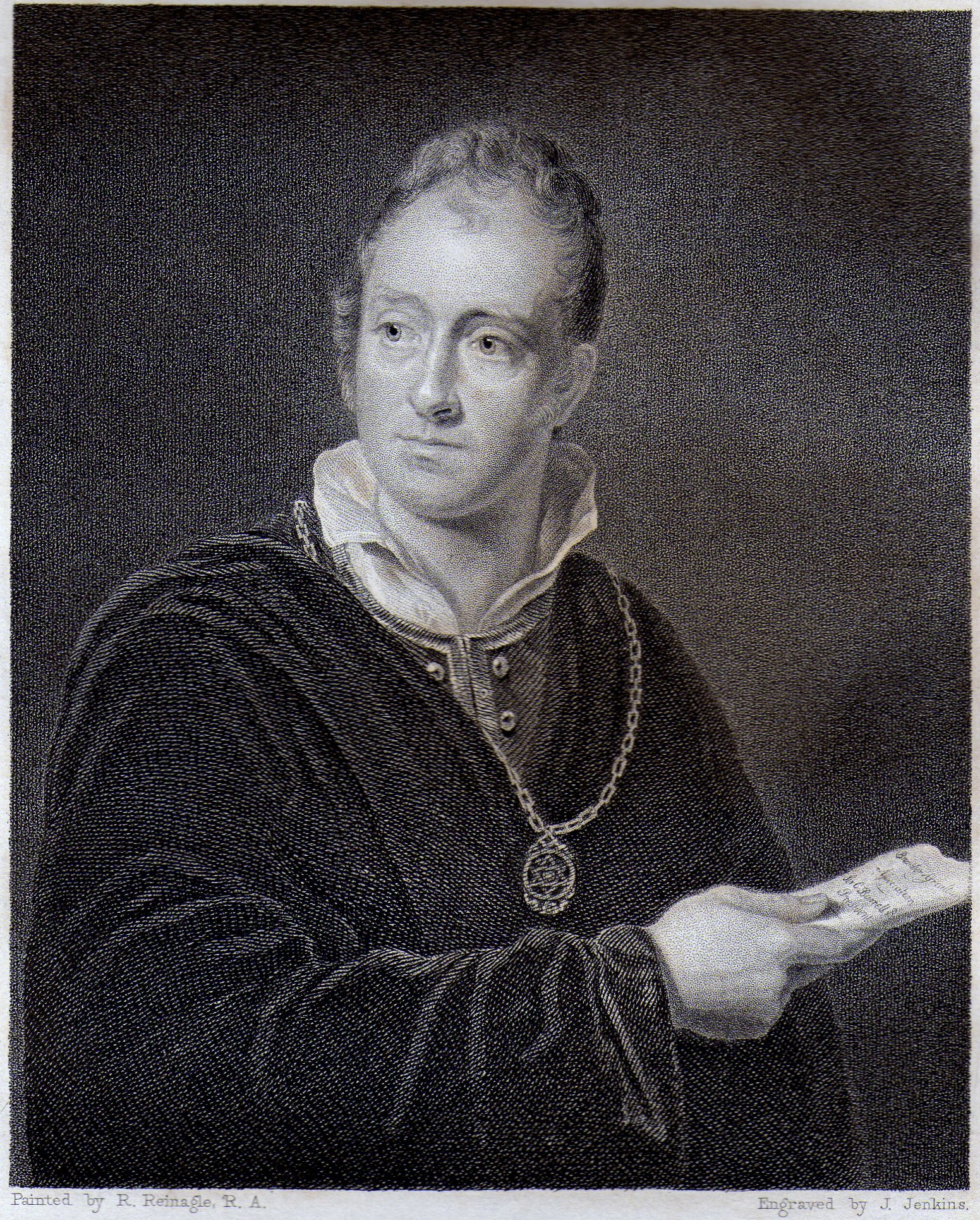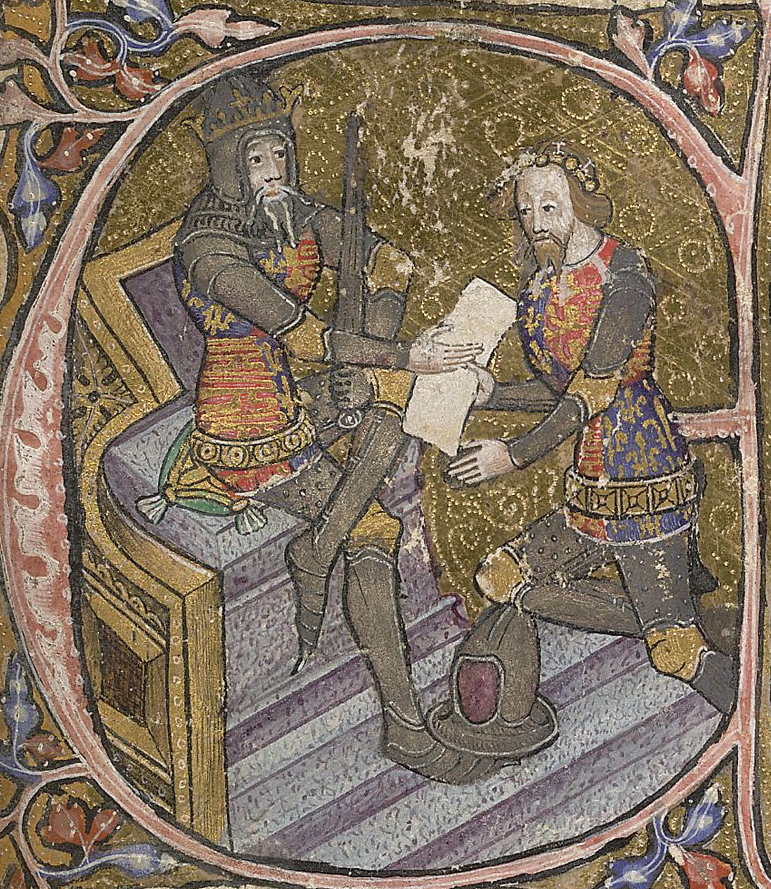|
Knepp Castle
The medieval Knepp Castle (sometimes referred to as 'Old Knepp Castle', to distinguish it from the nearby 19th-century mansion) is to the west of the village of West Grinstead, West Sussex, England near the River Adur and the A24 (). The castle was probably founded by the Braose family in the 12th century. King John confiscated the castle along with the Braose lands in 1208. Knepp was used as a hunting lodge, and John visited the castle several times. He ordered its destruction in both 1215 and 1216 during the First Baron's War. Knepp Castle continued to be used into the 14th century and hosted reigning monarchs on several occasions. The castle eventually fell out of use and by the early 18th century was mostly destroyed. Later that century, stone was the castle was used to build a nearby road. The name is thought to come from the Old English word "cnæp", referring to the mound on which it stands. The land around the castle is now the site of Knepp Wildland. History Knep ... [...More Info...] [...Related Items...] OR: [Wikipedia] [Google] [Baidu] |
Isabella Of Angoulême
Isabella (french: Isabelle, ; c. 1186/ 1188 – 4 June 1246) was Queen of England from 1200 to 1216 as the second wife of King John, Countess of Angoulême in her own right from 1202 until her death in 1246, and Countess of La Marche from 1220 to 1246 as the wife of Count Hugh. Isabella had five children by King John, including his heir, later Henry III. In 1220, Isabella married Hugh X of Lusignan, Count of La Marche, by whom she had another nine children. Some of Isabella's contemporaries, as well as later writers, claim that she formed a conspiracy against King Louis IX of France in 1241, after being publicly snubbed by his mother, Blanche of Castile, for whom she harbored a deep-seated hatred. In 1244, after the plot had failed, Isabella was accused of attempting to poison the king. To avoid arrest, she sought refuge in Fontevraud Abbey, where she died two years later, but none of this can be confirmed. Queen consort of England Isabella was the only daughter and hei ... [...More Info...] [...Related Items...] OR: [Wikipedia] [Google] [Baidu] |
Sir Charles Burrell, 10th Baronet
Sir Charles Raymond Burrell, 10th Baronet (born 27 August 1962) is an English landowner, conservationist and founder of the Knepp Wildland, the first large-scale lowland rewilding project in England, which was created in the early 2000s when he stopped conventional farming on of land surrounding the ancestral family home at Knepp Castle in West Sussex. Personal life Burrell spent his early years on his parents' farm in the British colony of Southern Rhodesia and then in Australia but returned to England for secondary education. He was educated at Millfield and the Royal Agricultural College. He succeeded to the baronetcy upon the death of his father, Sir John Raymond Burrell, 9th Baronet, on 29 May 2008. He married the travel writer Isabella Elizabeth Nancy Tree on 2 December 1993. They have two children, Nancy (born 29 May 1995) and Edward (born 10 October 1996). Knepp Estate management Burrell lives in West Sussex with his family on the ancestral Knepp Wildland estate in a ... [...More Info...] [...Related Items...] OR: [Wikipedia] [Google] [Baidu] |
John Nash (architect)
John Nash (18 January 1752 – 13 May 1835) was one of the foremost British architects of the Georgian and Regency eras, during which he was responsible for the design, in the neoclassical and picturesque styles, of many important areas of London. His designs were financed by the Prince Regent and by the era's most successful property developer, James Burton. Nash also collaborated extensively with Burton's son, Decimus Burton. Nash's best-known solo designs are the Royal Pavilion, Brighton; Marble Arch; and Buckingham Palace. His best-known collaboration with James Burton is Regent Street and his best-known collaborations with Decimus Burton are Regent's Park and its terraces and Carlton House Terrace. The majority of his buildings, including those that the Burtons did not contribute to, were built by James Burton's company. Background and early career Nash was born in 1752, probably in Lambeth, south London. His father was a millwright also called John (1714–1 ... [...More Info...] [...Related Items...] OR: [Wikipedia] [Google] [Baidu] |
Gothic Revival Architecture
Gothic Revival (also referred to as Victorian Gothic, neo-Gothic, or Gothick) is an architectural movement that began in the late 1740s in England. The movement gained momentum and expanded in the first half of the 19th century, as increasingly serious and learned admirers of the neo-Gothic styles sought to revive medieval Gothic architecture, intending to complement or even supersede the neoclassical styles prevalent at the time. Gothic Revival draws upon features of medieval examples, including decorative patterns, finials, lancet windows, and hood moulds. By the middle of the 19th century, Gothic had become the preeminent architectural style in the Western world, only to fall out of fashion in the 1880s and early 1890s. The Gothic Revival movement's roots are intertwined with philosophical movements associated with Catholicism and a re-awakening of high church or Anglo-Catholic belief concerned by the growth of religious nonconformism. Ultimately, the " Anglo-Catholicis ... [...More Info...] [...Related Items...] OR: [Wikipedia] [Google] [Baidu] |
Burrell Baronets
There has been one baronetcy created for a person with the surname Burrell. Another baronetcy passed by special remainder to the Burrell family. The Burrell Baronetcy, of West Grinstead Park in the County of Sussex, was created in the Baronetage of Great Britain on 15 July 1766 for Merrik Burrell, with remainder to his nephew Peter Burrell. His great-nephew, the second Baronet, was elevated to the peerage as Baron Gwydyr in 1796. For more information, see this title. The Raymond Baronetcy of Valentine House, in the County of Essex, was created in the Baronetage of Great Britain on 31 May 1774 for Charles Raymond, High Sheriff of Essex from 1771 to 1772, with remainder to his son-in-law William Burrell (the husband of his daughter Sophia), who succeeded him as second Baronet. The latter was the nephew of the first Baronet of the 1766 creation and the uncle of the first Baron Gwydyr. Burrell notably sat as a Member of Parliament for Haslemere. His son, the third Baronet, succeeded ... [...More Info...] [...Related Items...] OR: [Wikipedia] [Google] [Baidu] |
Francis Grose
Francis Grose (born before 11 June 1731 – 12 May 1791) was an English antiquary, draughtsman, and lexicographer. He produced ''A Classical Dictionary of the Vulgar Tongue'' (1785) and ''A Provincial Glossary, with a Collection of Local Proverbs, and Popular Superstitions'' (1787). Early life Grose was born at his father's house in Broad Street, St-Peter-le-Poer, London. His parents were Swiss immigrant and jeweller Francis Jacob Grose (d. 1769), and his wife, Anne (d. 1773), daughter of Thomas Bennett of Greenford in Middlesex. Grose was baptised on 11 June 1731 in the parish of St Peter-le-Poer. The eldest of seven children, Grose probably received a classical education but first aimed at a career in the Army. In 1747, he was in Flanders, apparently as a volunteer in Howard's (later 19th) regiment of foot: later he received a commission as cornet in Cobham's (later 10th) regiment of dragoons. Posted to Kent on excise duties in 1750, he met and married Catherine Jo ... [...More Info...] [...Related Items...] OR: [Wikipedia] [Google] [Baidu] |
Oral History
Oral history is the collection and study of historical information about individuals, families, important events, or everyday life using audiotapes, videotapes, or transcriptions of planned interviews. These interviews are conducted with people who participated in or observed past events and whose memories and perceptions of these are to be preserved as an aural record for future generations. Oral history strives to obtain information from different perspectives and most of these cannot be found in written sources. ''Oral history'' also refers to information gathered in this manner and to a written work (published or unpublished) based on such data, often preserved in archives and large libraries.oral history. (n.d.) The Columbia Electronic Encyclopedia®. (2013). Retrieved March 12, 2018 from https://encyclopedia2.thefreedictionary.com/oral+history Knowledge presented by Oral History (OH) is unique in that it shares the tacit perspective, thoughts, opinions and understanding of ... [...More Info...] [...Related Items...] OR: [Wikipedia] [Google] [Baidu] |
Sir Charles Burrell, 3rd Baronet
Sir Charles Merrik Burrell, 3rd Baronet (24 May 1774 – 4 January 1862) was an English Conservative politician, who represented the seat of New Shoreham for fifty-six years, becoming Father of the House of Commons. Burrell was born at Golden Square, London, the son of Sir William Burrell, 2nd Baronet and his wife Sophia Raymond. He succeeded to the title of Baronet Raymond of Valentine House on 20 January 1796. In 1806 he was elected as M.P. for New Shoreham and he held the seat until his death in 1862. Burrell built a country mansion near Knepp Castle, known by the same name, near West Grinstead and purchased an estate at Boulton. He owned a house in Richmond Terrace, London which was the subject of a court case in 1833 in which he argued that because the house was on the site of the former Palace of Whitehall, it was not liable to the poor rate of St. Margaret's, Westminster. Burrell married Frances Wyndham, the illegitimate daughter of George Wyndham, 3rd Earl of Eg ... [...More Info...] [...Related Items...] OR: [Wikipedia] [Google] [Baidu] |
Richard II Of England
Richard II (6 January 1367 – ), also known as Richard of Bordeaux, was King of England from 1377 until he was deposed in 1399. He was the son of Edward the Black Prince, Prince of Wales, and Joan, Countess of Kent. Richard's father died in 1376, leaving Richard as heir apparent to his grandfather, King Edward III; upon the latter's death, the 10-year-old Richard succeeded to the throne. During Richard's first years as king, government was in the hands of a series of regency councils, influenced by Richard's uncles John of Gaunt and Thomas of Woodstock. England then faced various problems, most notably the Hundred Years' War. A major challenge of the reign was the Peasants' Revolt in 1381, and the young king played a central part in the successful suppression of this crisis. Less warlike than either his father or grandfather, he sought to bring an end to the Hundred Years' War. A firm believer in the royal prerogative, Richard restrained the power of the aristocracy and r ... [...More Info...] [...Related Items...] OR: [Wikipedia] [Google] [Baidu] |
Edward II Of England
Edward II (25 April 1284 – 21 September 1327), also called Edward of Caernarfon, was King of England and Lord of Ireland from 1307 until he was deposed in January 1327. The fourth son of Edward I, Edward became the heir apparent to the throne following the death of his elder brother Alphonso. Beginning in 1300, Edward accompanied his father on invasions of Scotland. In 1306, he was knighted in a grand ceremony at Westminster Abbey. Following his father's death, Edward succeeded to the throne in 1307. He married Isabella, the daughter of the powerful King Philip IV of France, in 1308, as part of a long-running effort to resolve tensions between the English and French crowns. Edward had a close and controversial relationship with Piers Gaveston, who had joined his household in 1300. The precise nature of their relationship is uncertain; they may have been friends, lovers, or sworn brothers. Edward's relationship with Gaveston inspired Christopher Marlowe's ... [...More Info...] [...Related Items...] OR: [Wikipedia] [Google] [Baidu] |
.jpg)







